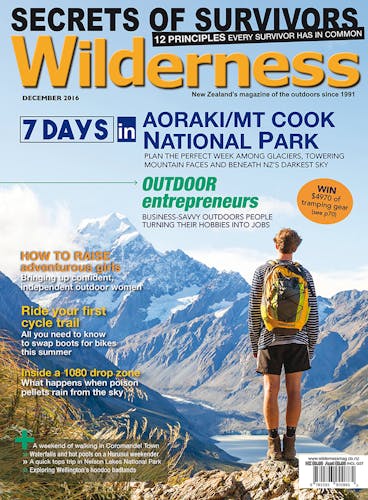Price:
$54.00
Our Rating:
Merino Country
By Paul Hersey, Derek Morrison
$60, Penguin Random House
Reading about high country farmers who drive 40km to the nearest town without consideration that it could be any different and never once mentioning traffic lights, or traffic jams, no matter that their road may be somewhat less well graded, or that it borders on the perilous, and that their passengers may be ewes, rams, wethers, lambs and that their life is one long wrestle with the elements, the stock and the topography – that this way of life still goes on – is somehow extremely satisfying.
Turning the pages to see the land that these men and women call home is a reminder of when so many All Blacks were farmers: they were fit, strong, flexible, simply due to their daily existence. Conditioning was most likely a day in the shearing shed, the drenching yards, the lambing beat, or, heaven help them, mustering.
Fitness then, is probably not that surprising, when the sheer size of some of the places is realised: Mt Nicholas is around 40,000ha; Glen Lyon around 45,000ha, both about the size of Singapore. Meandering around your block of land as big as a country could increase the heart beat a little. It also appears to give the owners and managers an enviable calmness about life; whether or not it’s admitted, these farmers really are, or become, part of the land they farm.
Derek Morrison’s photographs depict land which looks sort of flat around the homesteads and at a few low lying paddocks, but is mostly steep and, in some cases, mountainous. It’s obvious early on, why author Paul Hersey, a climber (and contributor to Wilderness), gets itchy mountaineers feet when gazing at the surrounds of just about every station featured.
Hersey tells of the hard life, with weather and topography dominating each day, and the often tough times making big sheep stations pay. He tells it with a visitor’s voice, but not one of amazement or interruption, rather one of gradual understanding and acceptance.
Both in the photographs and the stories told, the stars of the book turn out to be not so much the merino, as the families and the people who rear these obstinate sheep. It’s not obsequious to say they’re different.
As Hersey puts it: ‘Station life in the high country is about as far from city life as you can get.’







